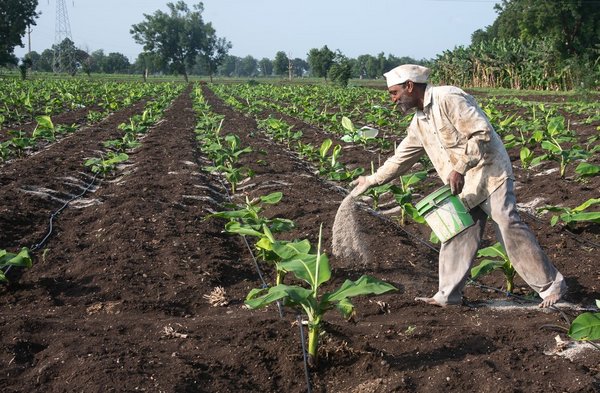- Share this article
- Subscribe to our newsletter
Finding the right fertiliser amount
A new information tool with data on cropland nutrient budgets help to explore the difficult question how much fertiliser is the right amount to ensure that crop production can achieve local and global food security needs while limiting harm to the environment, the United Nations Food and Agriculture Organization (FAO) announced in November 2022.
The Cropland Nutrient Budget is a joint effort by FAO and the International Fertilizer Association (IFA), in collaboration with scientists and experts at the University of Maryland Center for Environmental Science/USA, the Swedish University of Agricultural Sciences, CEIGRAM-Universidad Politécnica de Madrid/Spain, Wageningen University & Research/the Netherlands, the University of Nebraska/USA and the African Plant Nutrition Institute.
This information tool is a new data domain of FAOSTAT, the world’s largest portal on food and agriculture statistics, serving as a global public good allowing Member States and all stakeholders in the world’s agrifood systems to peruse harmonised data on production, trade and consumption – and now the flows of nitrogen, phosphorus and potassium, the three major plant macronutrients needed by crops to thrive.
Cropland nutrient budgets are an important indicator of nutrient flows that can signal insufficient or excess use of agricultural inputs in the form of the three main nutrients for plant growth, be it in mineral, chemical or organic form.
The budget approach tallies up the amounts of mineral and chemical fertilisers and manure applied to cropland soils along with biological nitrogen fixation – pulses are big nitrogen fixers – and atmospheric deposition, and subtracts the outflow of the nutrients associated with crop harvests.
In principle, excess nutrient loads in the soil (a surplus in the budget) present environmental risks such as leaching into water sources and volatilisation in the form of greenhouse gas emissions. On the other hand, insufficient nutrient loads (a deficit in the budget) are often associated with lower crop yields and a depletion of soil nutrients.
Budgets can also be transformed to efficiency rates, which is a measure of how well crops use available nutrients (ratio between the nutrient removal from crops and the total nutrient input). However, data shows that outcomes reflect underlying issues that need to be handled with care. Seemingly impressive use efficiency rates, for example, can in fact indicate soil mining of nutrients, an unsustainable situation where insufficient inputs, applied relative to otherwise needed crop production levels, will end up impoverishing future production prospects.
The new Cropland Nutrient Budget data offers a way to go beyond rudimentary criteria based on application rates of fertilisers as a simplified benchmark. While policy-makers may disagree over the trade-offs between use of fertiliser inputs, food production needs and environmental protection, the new data offers a more balanced and complete way to understand the interplay of each component in determining nutrient flows and thus better identify useful strategies.
(FAO/ile)
Read more on the FAO website





Add a comment
Be the First to Comment